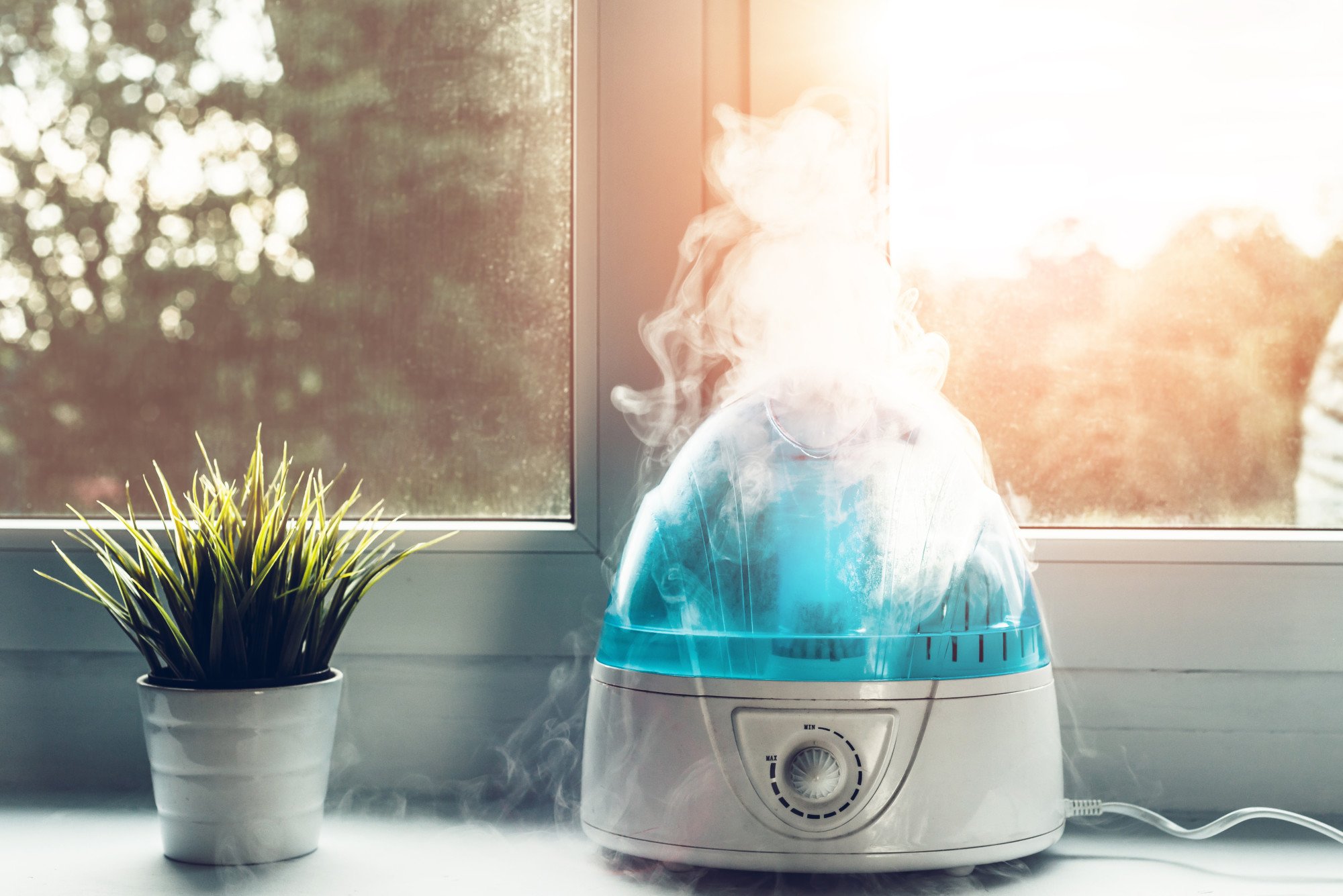Besides being useful for water conservation, landscape irrigation can also improve aesthetics in the garden. In addition, it can prevent the spread of diseases and fungi to plants.
Water Conservation
A well-designed landscape irrigation and water conservation system can ensure that the lawn and garden get good water at the correct times. It can also enhance the look and feel of the grounds.
It’s estimated that the average American uses about 320 gallons of water per day for domestic purposes, with outdoor use accounting for about half that amount. However, the amount of water consumed by a household can vary widely from region to region.
Water conservation can be encouraged by using a suitable landscape irrigation system, watering correctly, and choosing the right plants for the Petrus Landscape. Water use factors include climate, lot size, soil type, and landscaping design.
Water conservation strategies have become more prevalent in traditionally water-rich areas. For example, 40% to 75% of residential water use in the United States goes toward landscape irrigation. In arid climates, this figure can be higher.
Although outdoor water usage is sensitive to climate and cultural expectations, behavioral factors have also been shown to contribute to water consumption. However, identifying the critical determinants of water use intentions can take time and effort.
Prevents Spread of Fungus and Other Plant Diseases
Identifying and preventing the spread of fungus and other plant diseases is essential to plant health management. Infections can affect the aesthetics of plants, as well as reduce the yield of crops. Some conditions are fatal.
Many diseases are caused by fungi, which are tiny microscopic organisms. Fungi infect plants through direct penetration of their tissue. Fungi reproduce by producing spores, which are small, delicate, and require moisture to develop. Insects and wind most commonly spread fungi.
Fungi are most common in moist environments. If you have a fungus infestation, you should avoid letting your plants sit in water for extended periods. Watering your plants early in the morning before the sun rises helps prevent fungi from growing.
Fungi also infect plants through natural openings. For example, the pathogen “seeds” can travel from the soil to the lower plant leaves and then move up to the upper leaves. Windblown water droplets can also carry the pathogen “seeds” a short distance.
Fungus is a primary cause of many plant diseases. There are various varieties of fungi, and many produce more than one type of spore. They are usually characterized by small thread-like strands called hyphae. These strands are delicate, require moisture to grow, and die when dried. Some fungi can be controlled with a preventative fungicide program.
Surface Irrigation vs. Overhead Sprinkler Systems
Whether installing a new sprinkler system or just looking for a way to manage your water, it’s essential to understand the differences between surface irrigation vs. overhead sprinkler systems for landscape irrigation. Both methods effectively water your lawn but have different pros and cons. These differences will help you decide which type is best for your home.
Surface irrigation is a type of irrigation that uses gravity to distribute water to your yard. It has been used for thousands of years and refined by modern technology. However, this method requires a lot of management and adjustments in your landscape to work correctly.
Overhead sprinkler irrigation, on the other hand, uses rotors and pressure-regulated spray heads. These systems are more likely to spray water on flowers than trees, which is counterproductive. These systems are also more likely to wash away soil at the root zone of the trees.
In addition to the watering type, your choice will depend on the vegetation on your property and the climate where you live. For example, consider subsurface irrigation if you’re trying to manage water in an arid area.
Drip Irrigation Systems
Whether you have a vegetable garden, hedges, or landscaped beds, drip irrigation systems can help water your plants efficiently. Drip irrigation systems deliver water slowly and directly to the roots of plants. In addition, they use less water than sprinkler systems.
When selecting a drip irrigation system for your landscape, choose one that fits the size and shape of your landscape. You can choose from several different tubing and emitter setups. These options vary in price. A professional irrigation contractor can design and install a drip irrigation system that is perfect for your needs.
Drip irrigation systems are designed to work with metered city water and can also use water from a well. As a result, they use less water than sprinkler systems, and they are a more environmentally friendly way to water your garden.
For the best results, you should install emitters on separate circuits. This is especially important if you have shrubs or a densely planted area. For example, if you have a large plant in the corner of your landscape, you can install multiple emitters around the rootball.



